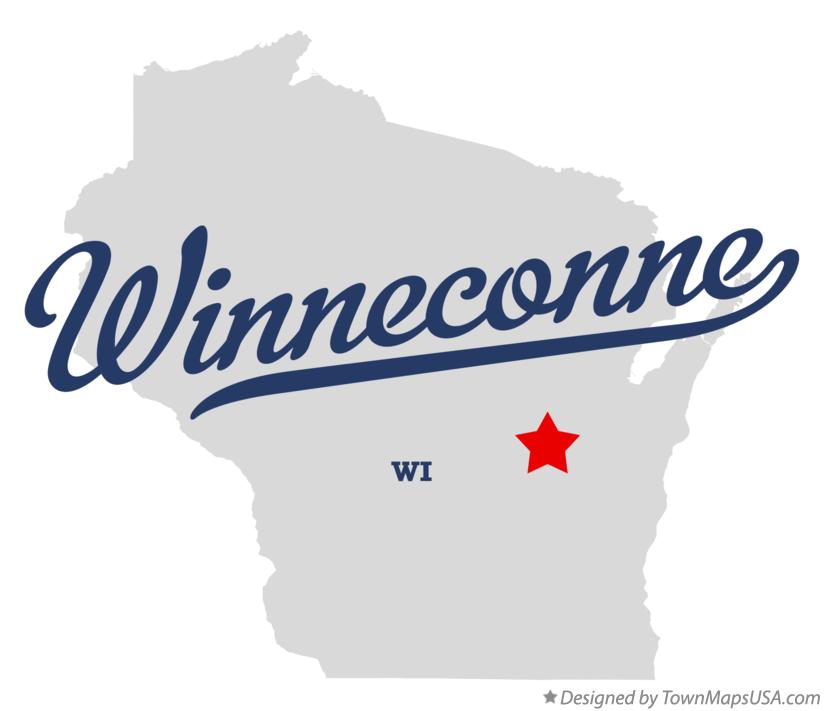1. Deseret
This state was proposed by the Latter-Day Saints in areas of present day Utah, California, Arizona, New Mexico, Oregon, Colorado, Wyoming, and Nevada. After fleeing west, Mormons had settled in Salt Lake City. By 1849 there were enough Mormons in the West that they sought statehood. Leaders in the Mormon community quickly attempted to create a state to avoid further persecution by other religions. Brigham Young had a vision that his followers would create a Mormon state. They even drafted their own constitution in 1849.Their General Assembly had three meetings, and the unrecognized state even had people paying taxes to them. After two years of existence, the state died out and Mormon leaders never pressed the issue further.
2. Franklin
This defunct state claimed the eastern extension of Tennessee. It was very close to being admitted into the United States and fell just two votes shy of gaining recognition. It was created in 1784 and lasted until 1789. This was a unique region which had been given away to Congress by North Carolina after the Revolutionary War; however, North Carolina rescinded their offer and attempted to take back this land. The people of Franklin did not appreciate this and with fervor and revolutionary spirit they sought statehood on their own. When Franklin did not win statehood, they gave independence a try. For a short while they maintained control of their territory as a sovereign nation. However, debt soon loomed over their weak government and they badly needed aid. To avoid dependence on the US or any state, they tried getting loans from Spain, but when that failed as well, North Carolina soon regained control over the region.

3. Rough and Ready
This region, located around the mining town of Rough and Ready, California, sought independence in 1850. The citizens of this area were disgruntled by the prohibition of alcohol in Nevada County as well as high taxes. Through a vote at a town meeting the town decided to leave the United States. Several months later, the newly formed nation of Rough and Ready dissolved after July 4th 1850. The reason: people realized that they could no longer celebrate Independence Day as they once had.

4. Winnecone
In 1967, Winnecone, Wisconsin was unintentionally left off of a road atlas. The townspeople believed that this was an attempt to damage the economy in Winnecone. A commission was established and the town soon set up road blocks, toll booths, and began annexing lands surrounding the village. They even declared war on the state of Wisconsin. Once it was public that the village had created a new, unrecognized state, the Wisconsin governor Warren Knowles, began talks with the state's president and prime minister. An agreement was met and Winnecone rejoined Wisconsin.

5. Scott
In 1861, the State of Scott was formed in response to Tennessee's decision to leave the United States during the Civil War. Andrew Johnson's efforts to keep Tennessee in the Union inspired the people of Scott County to take action against Tennessee. Scott County's vote to separate from Tennessee won by a larger margin than any other county in Tennessee had while voting to separate from the Union. The state was dissolved after the Civil War and had no prominent role during that time. However, it was not until 1986 that Scott was officially readmitted into the United States. Until 1986, county laws had been in storage and it was discovered that those laws and the constitution of the State of Scott were still valid. A vote was quickly held and Scott County was readmitted into the union over a hundred years later.







